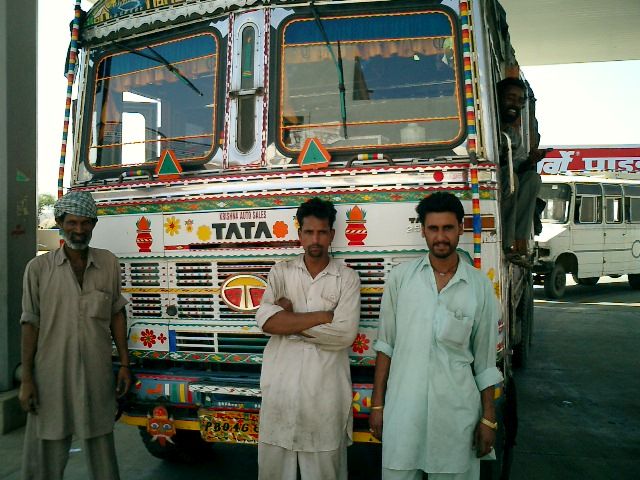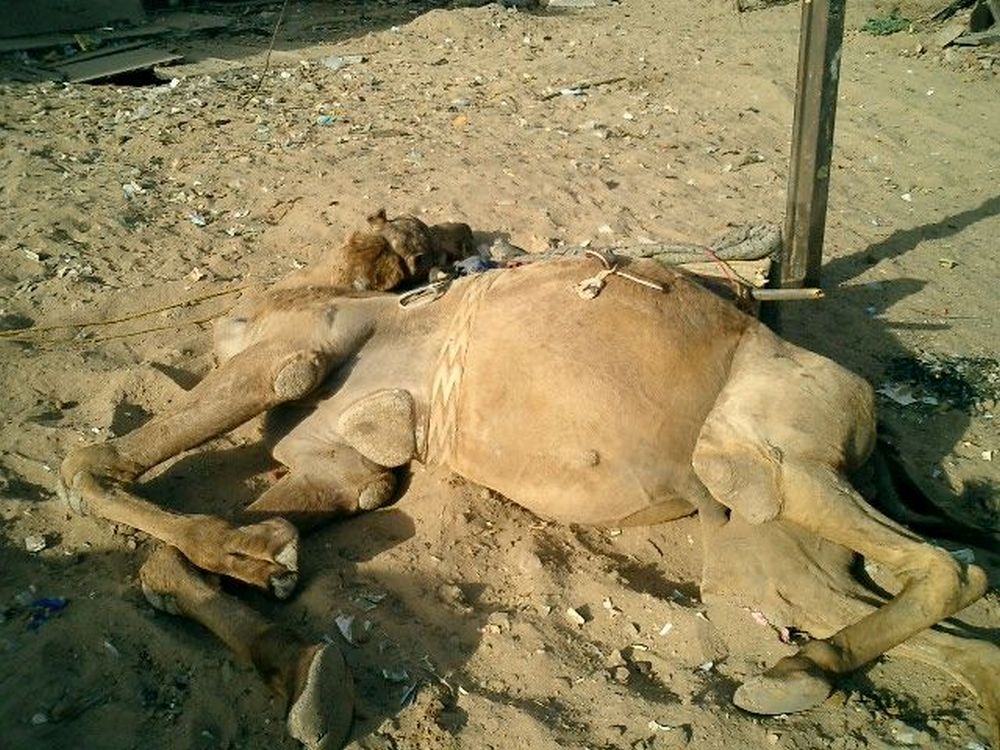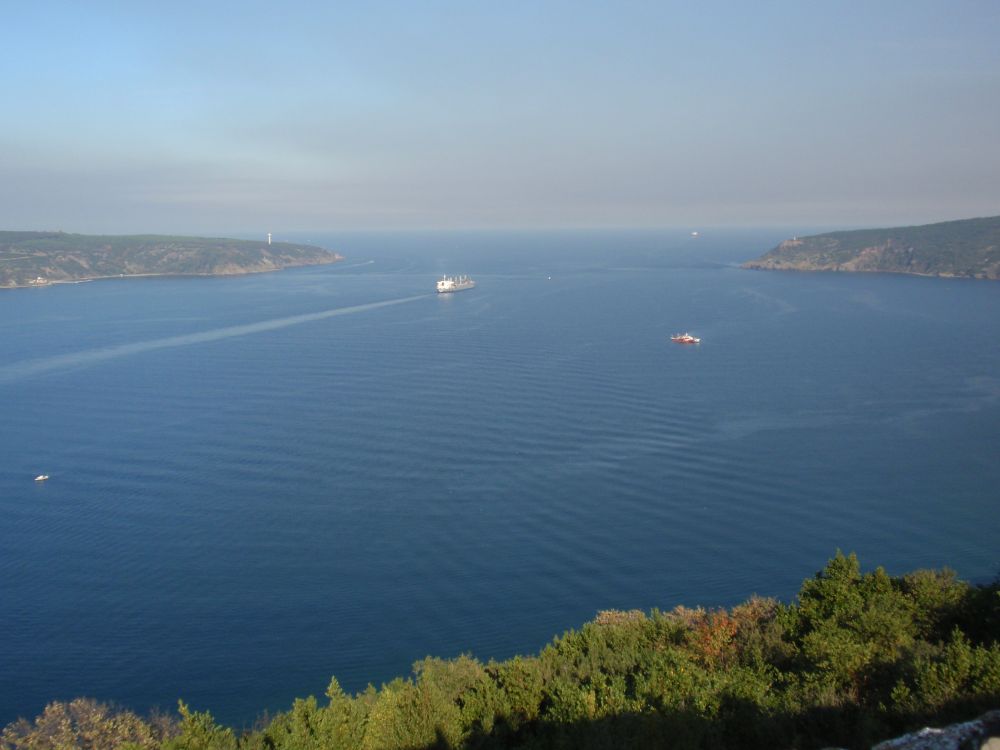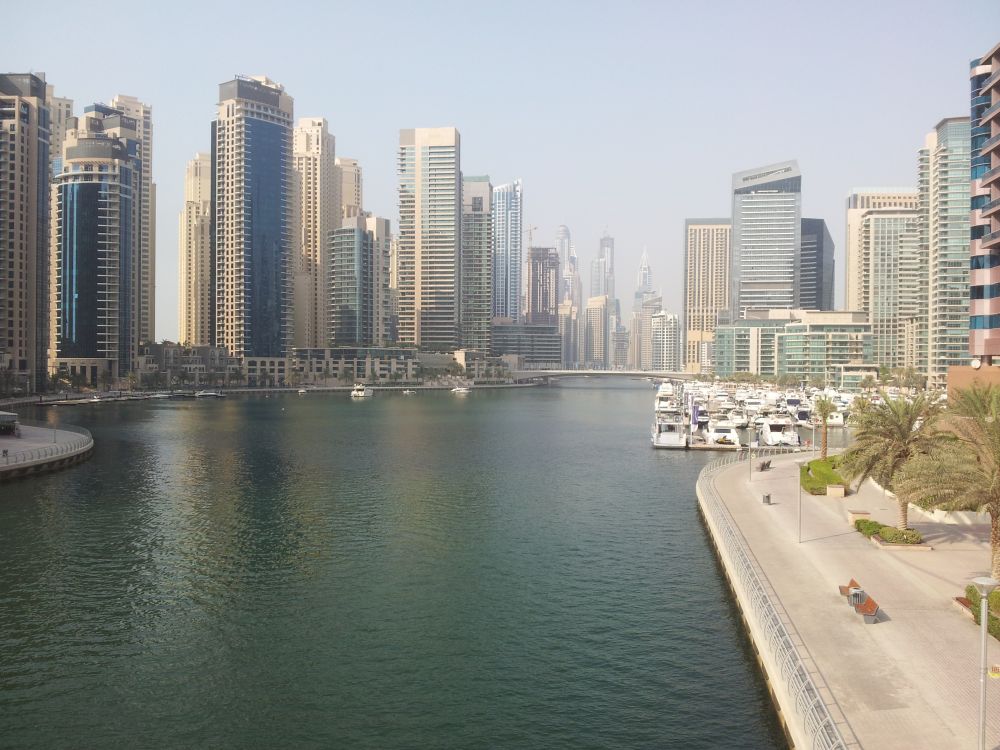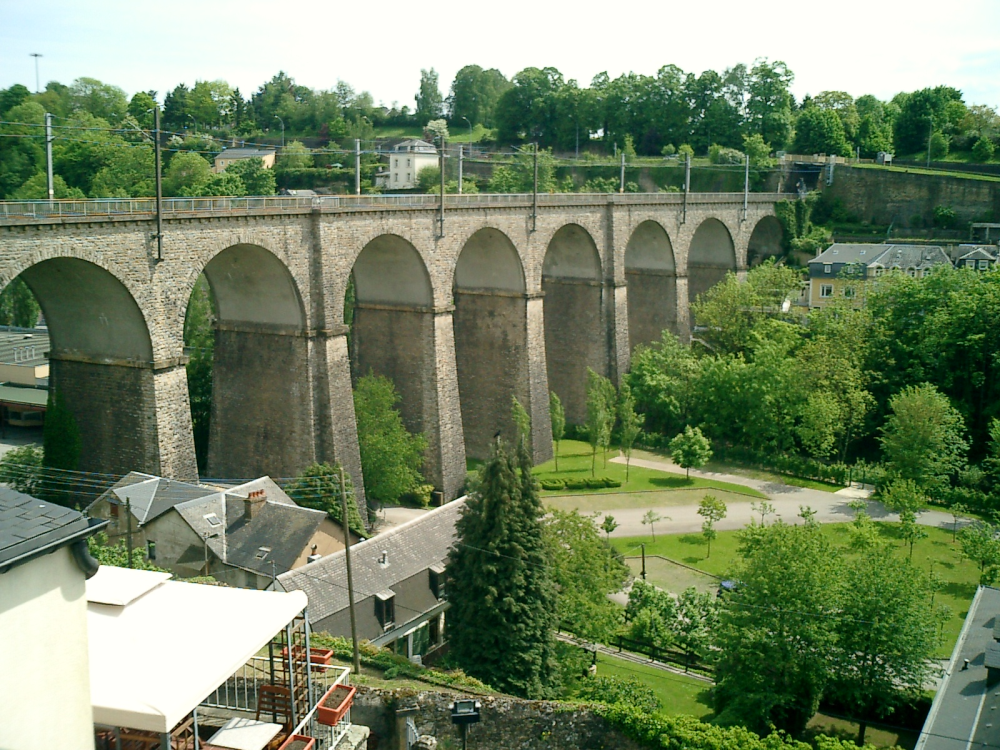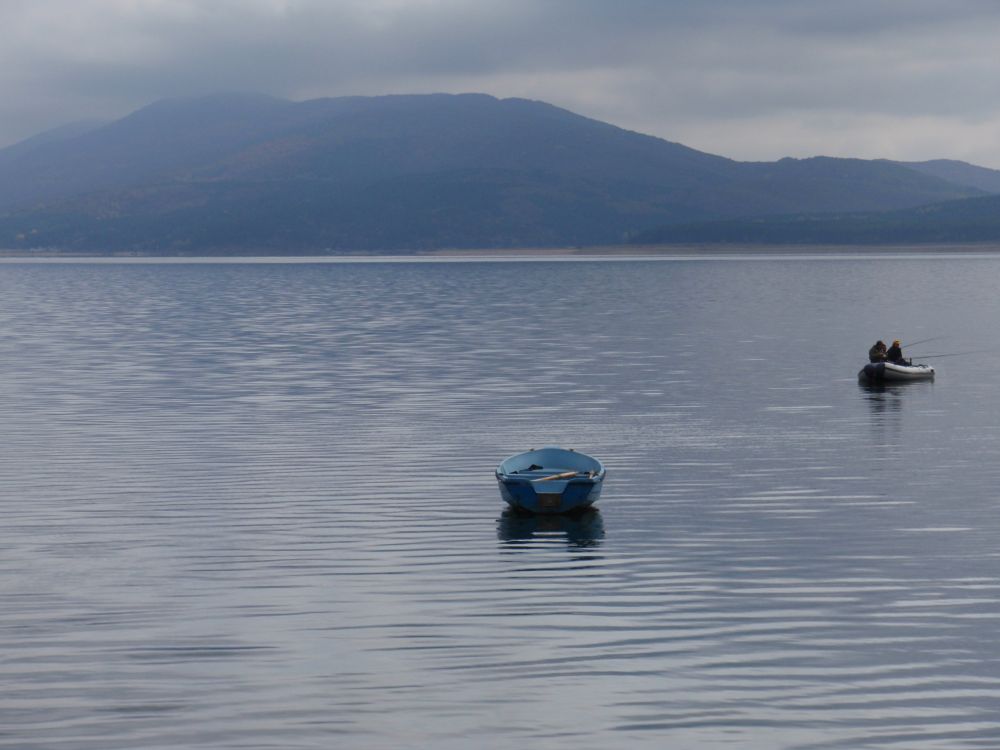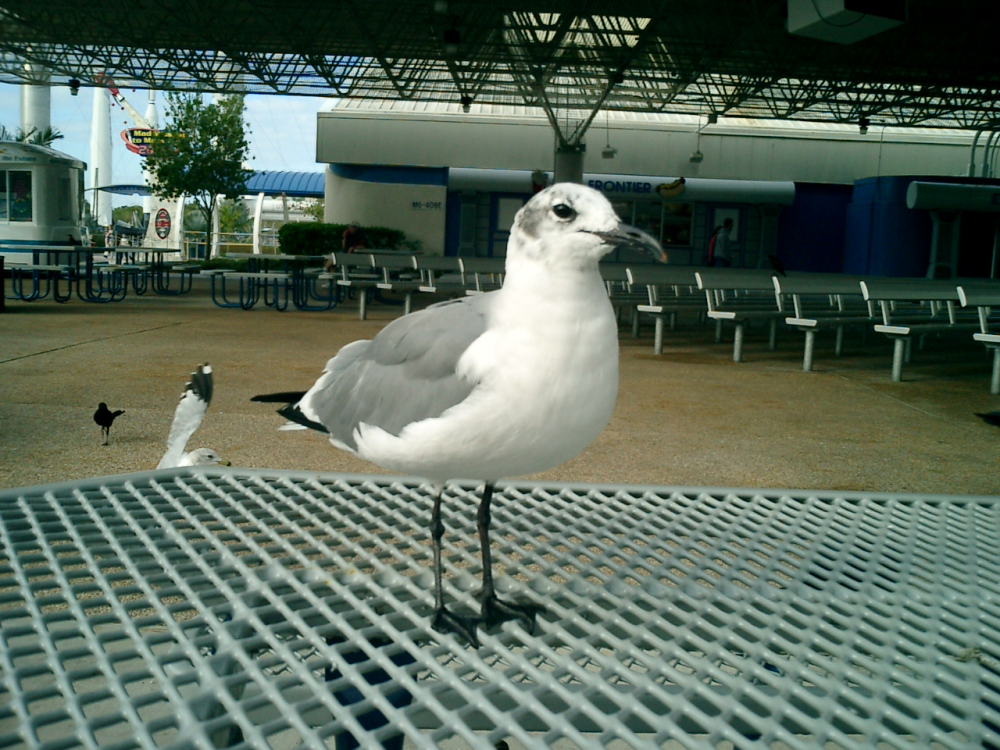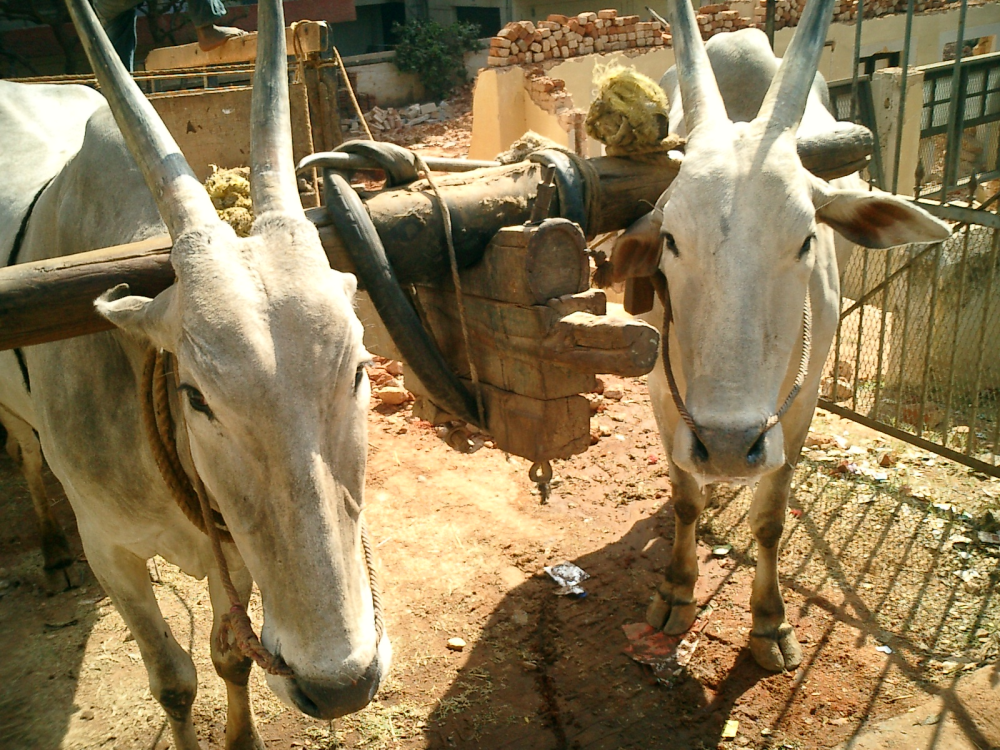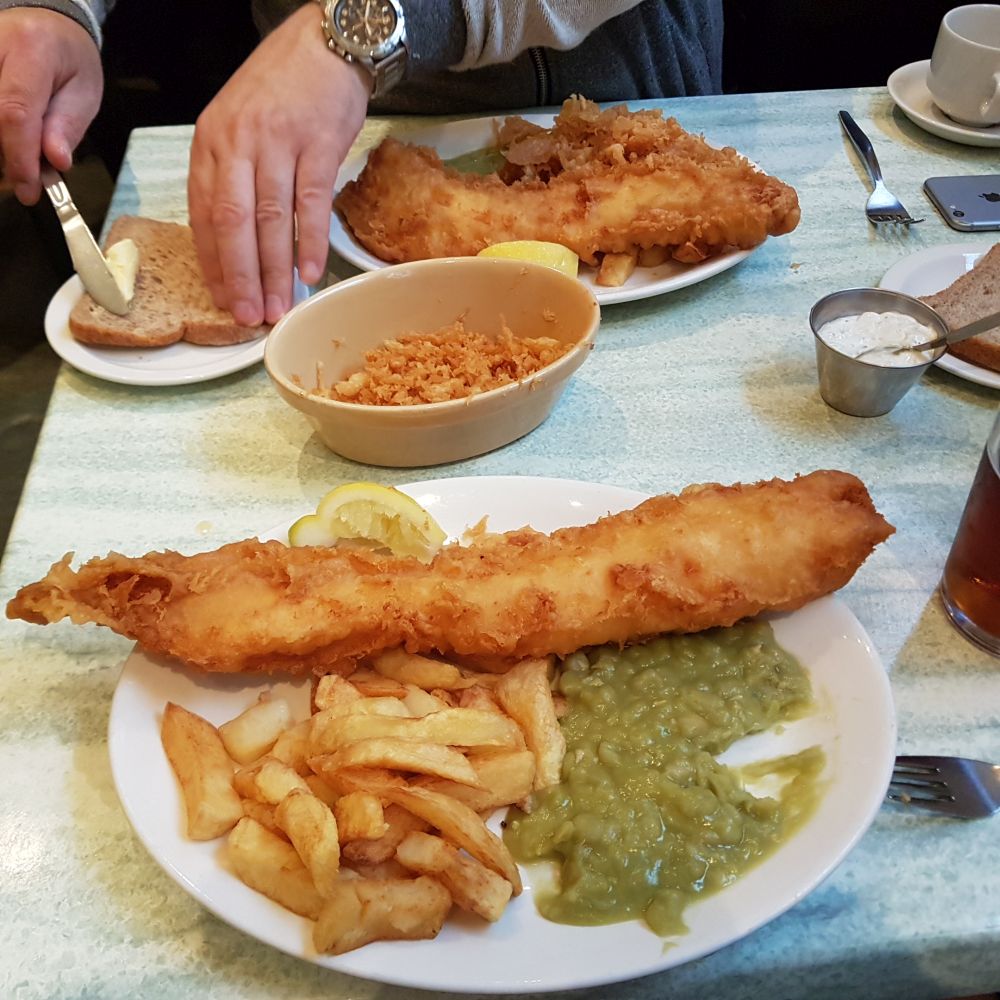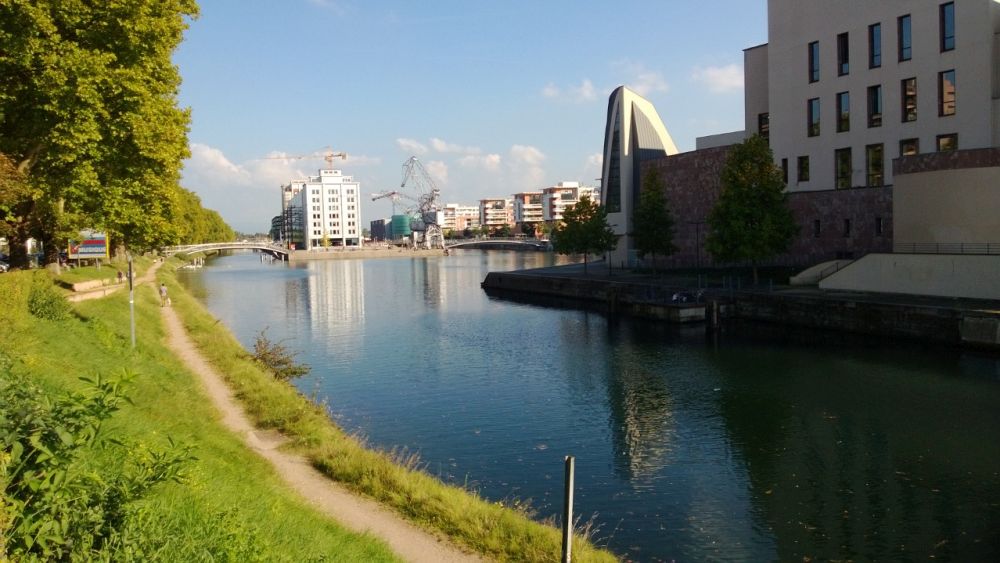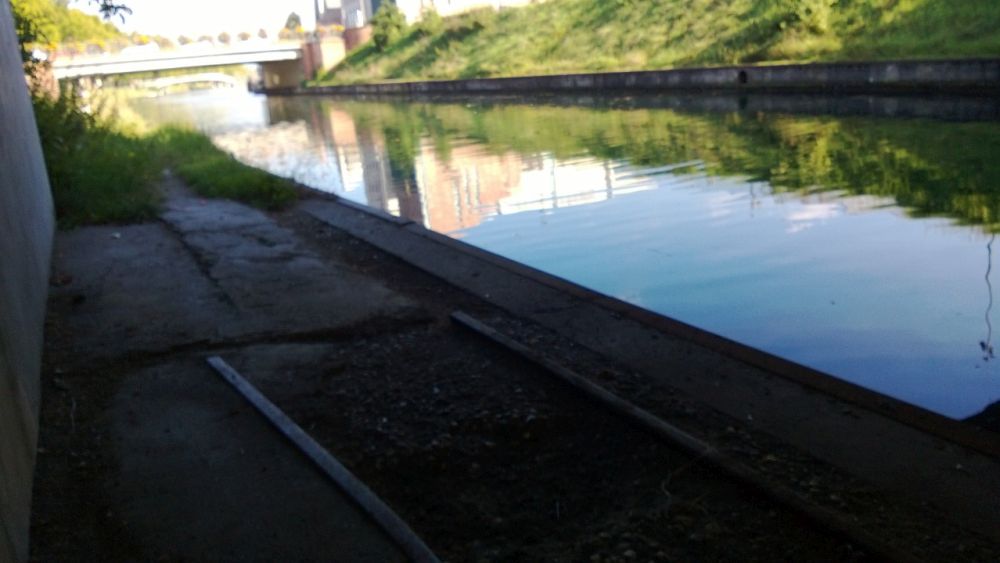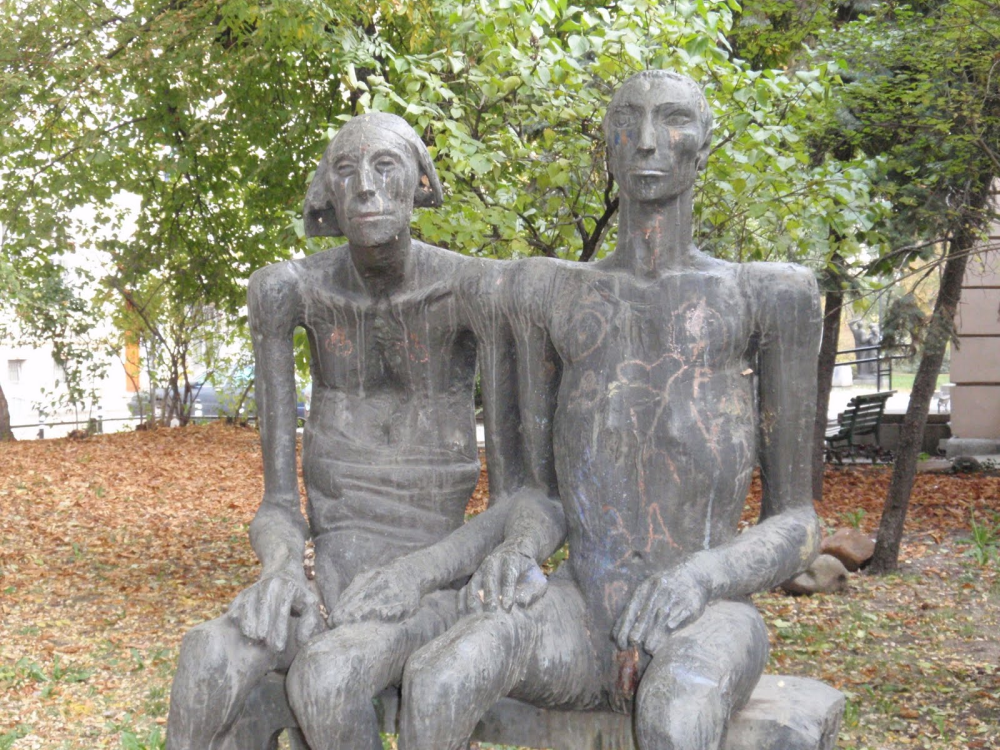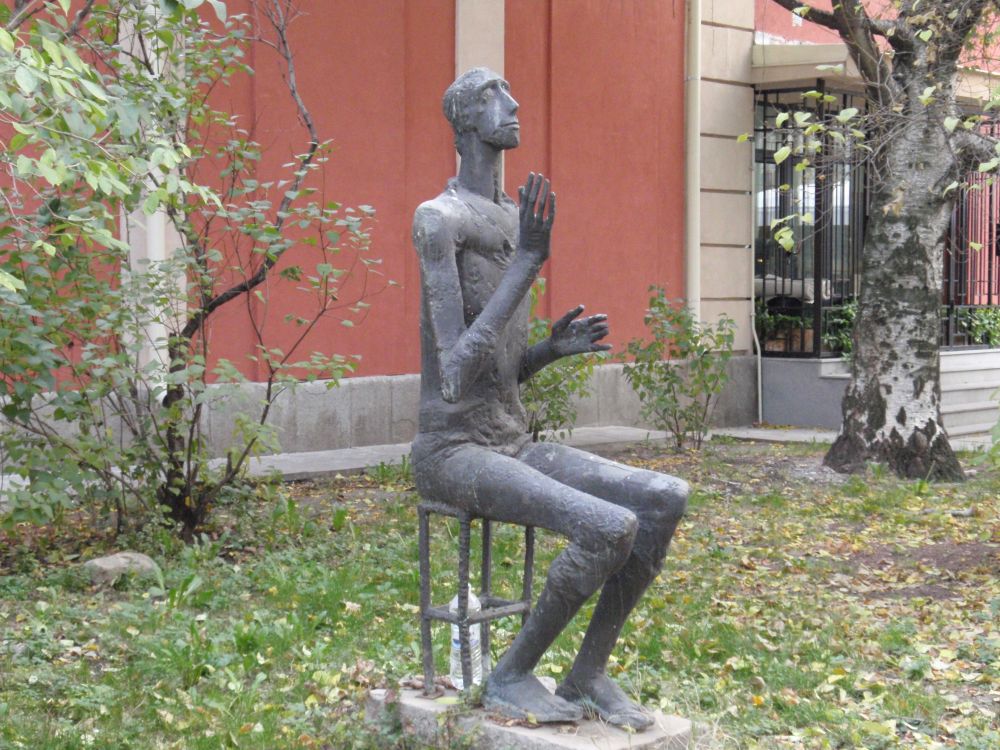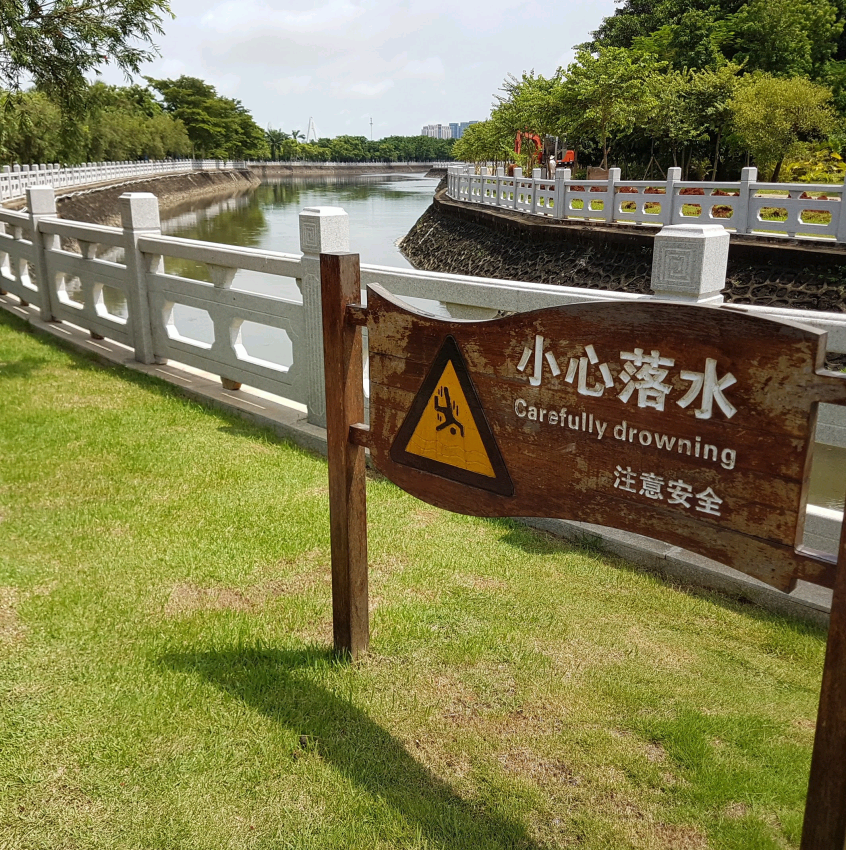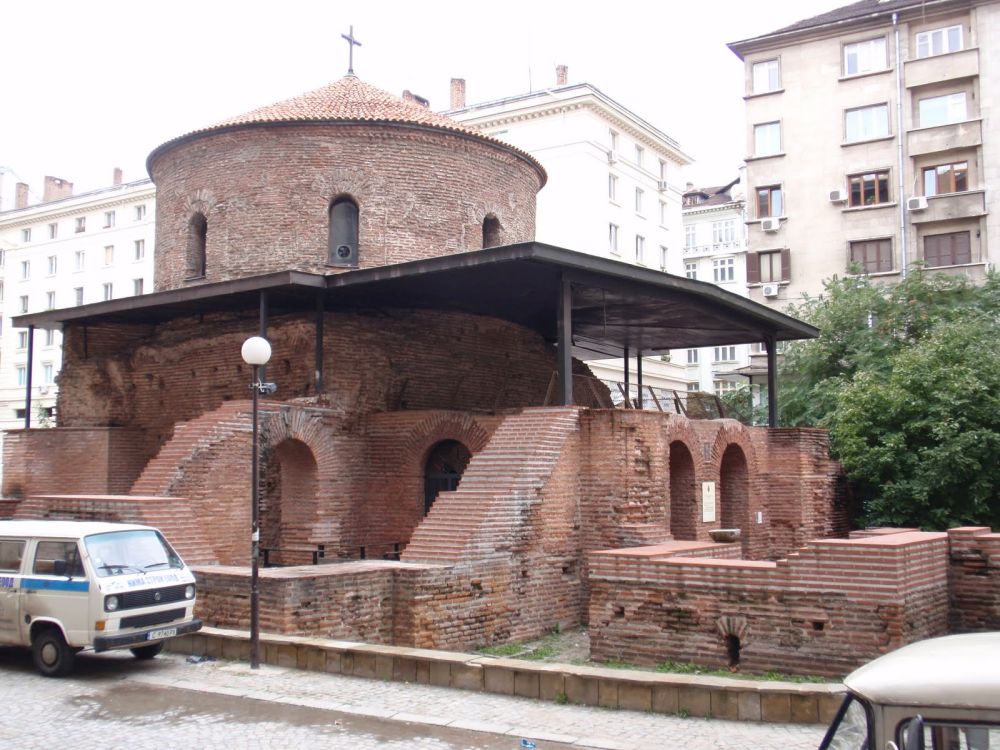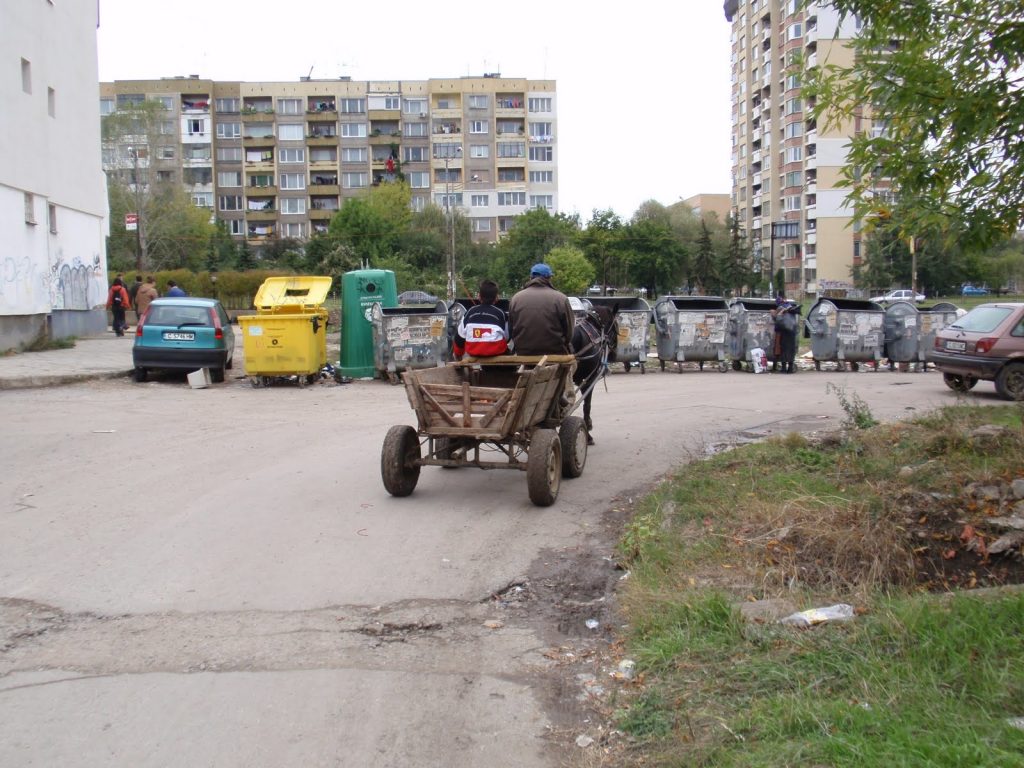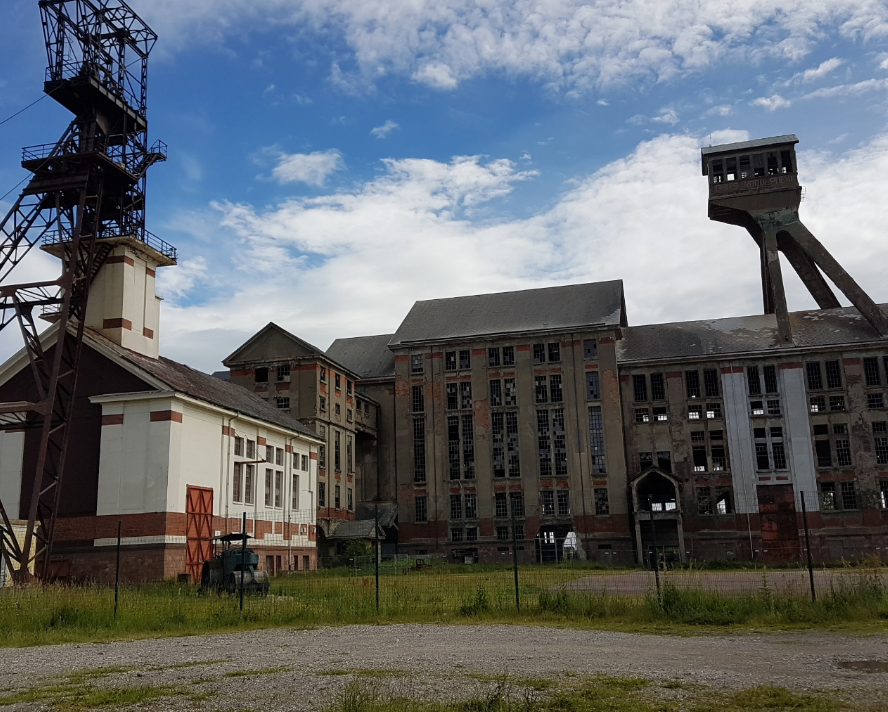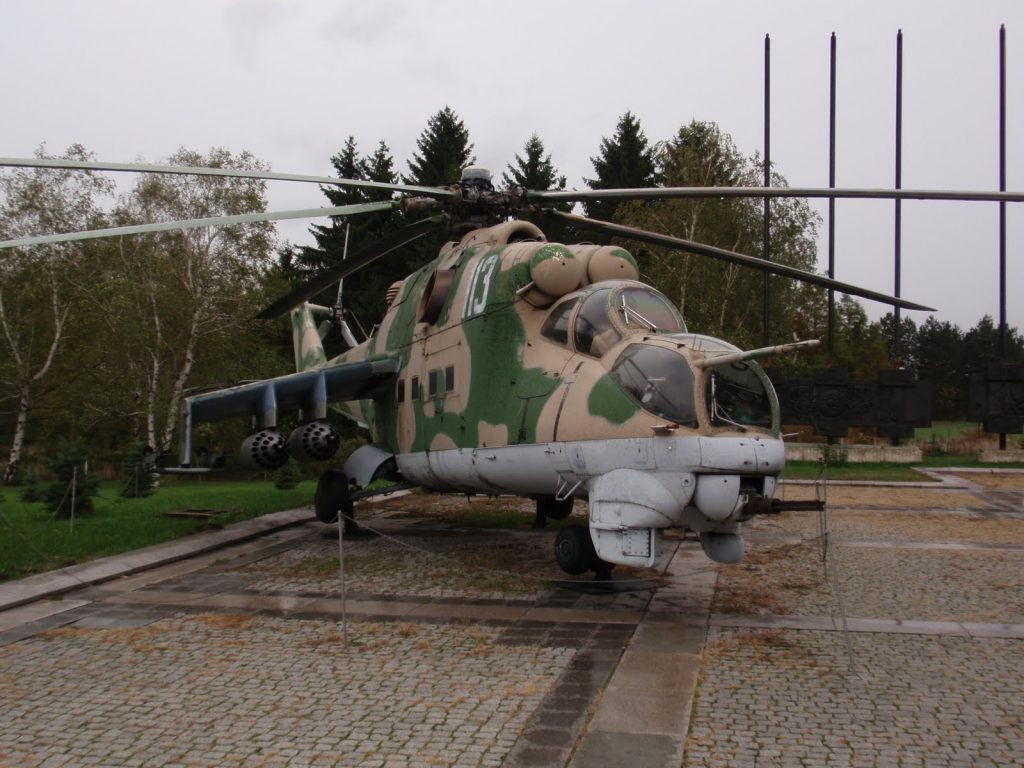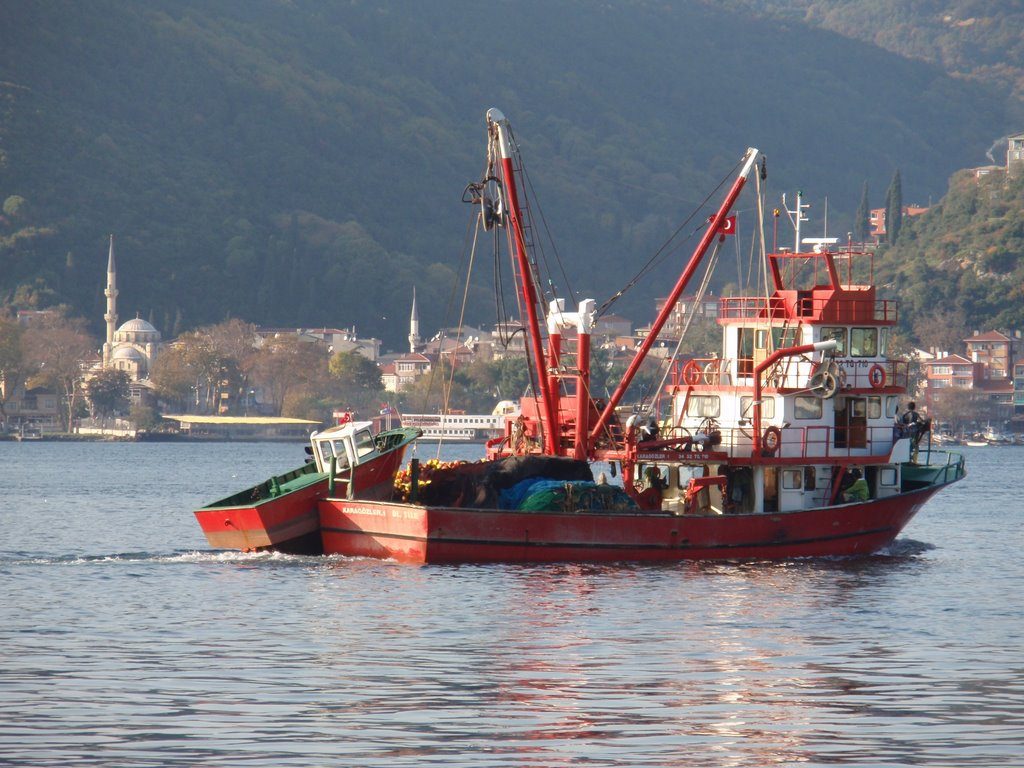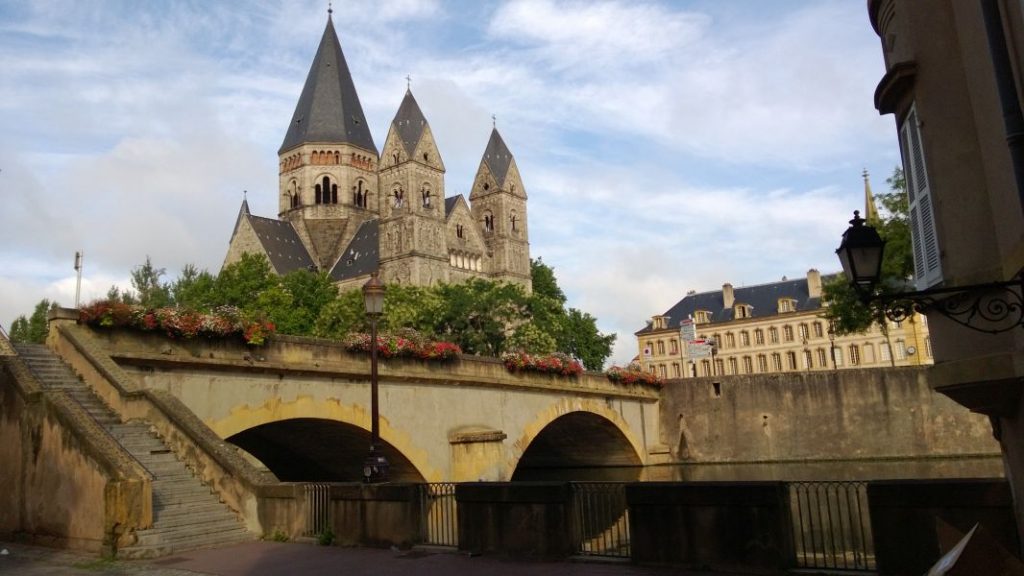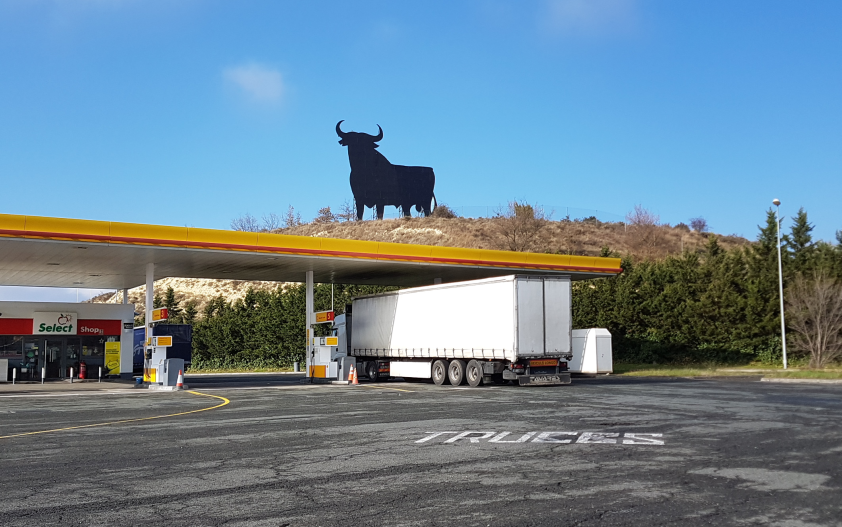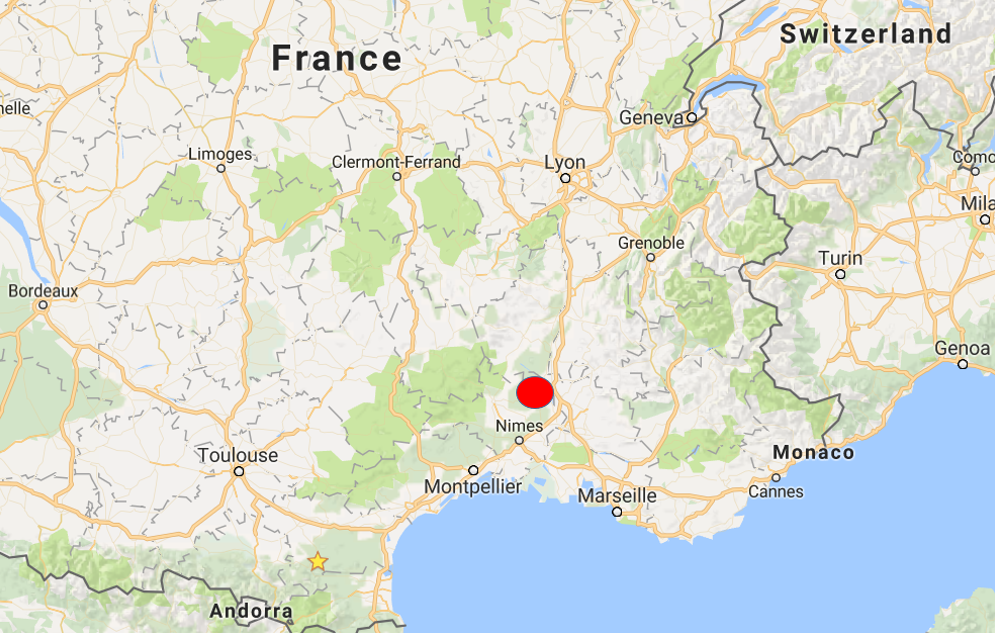Just as in Europe or the U.S., truck drivers who are owners/operators usually like to decorate their trucks. Perhaps the Indians take it to the next level, as this snap from a truck stop in Rajasthan shows:
In this snap, the owner is on the left.
True story: The first snap I took was of the empty truck – no people. Then two guys (on the right) jumped into scene and wanted to be photographed. Then the owner came along, tried to smash his two younger “lakeys” with a big stick he was carrying, made it clear to me that HE was the owner . . . and he had me take a photo with him on the left, and his “hired hands” on the right.
Moral of the story for me: first ask – and be careful of truck drivers carrying sticks.
(PS. In case you are interested, I priced out Indian trucks like this one. At current conversion rates, trucks like this one can start at about $15K – but a Kenworth in the U.S. can easily cost ten times this amount. Believe it or not, if I did the arithmetic correctly, and adjusted for local currency, Indian truck drivers can earn “more or less” the same as their American counterparts.)
